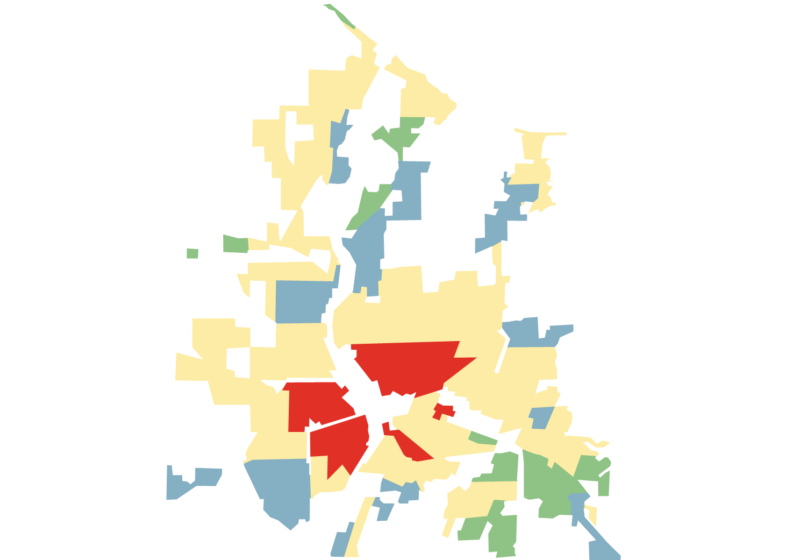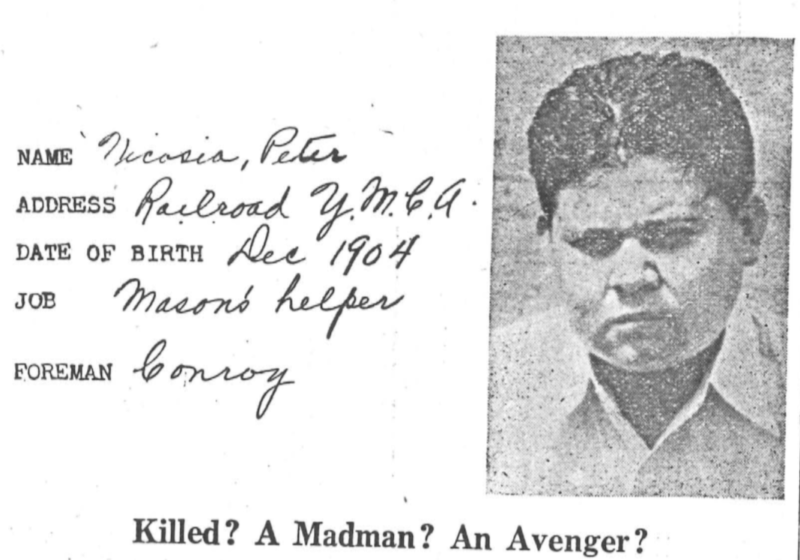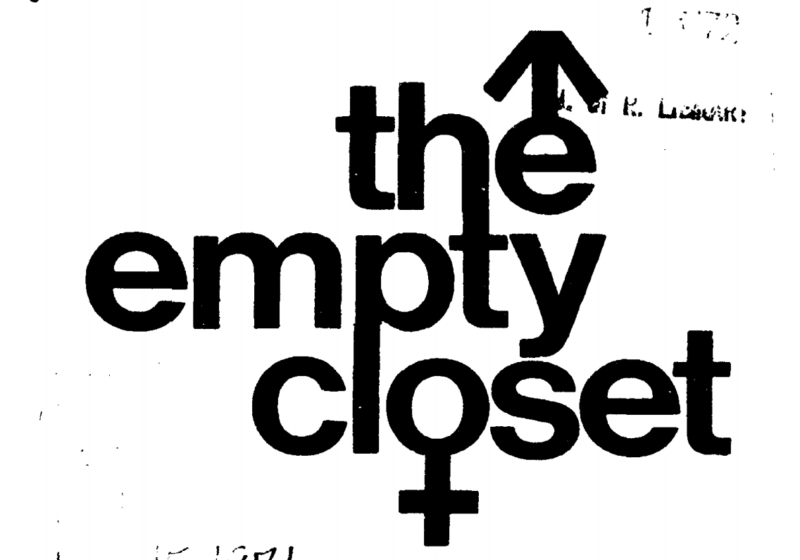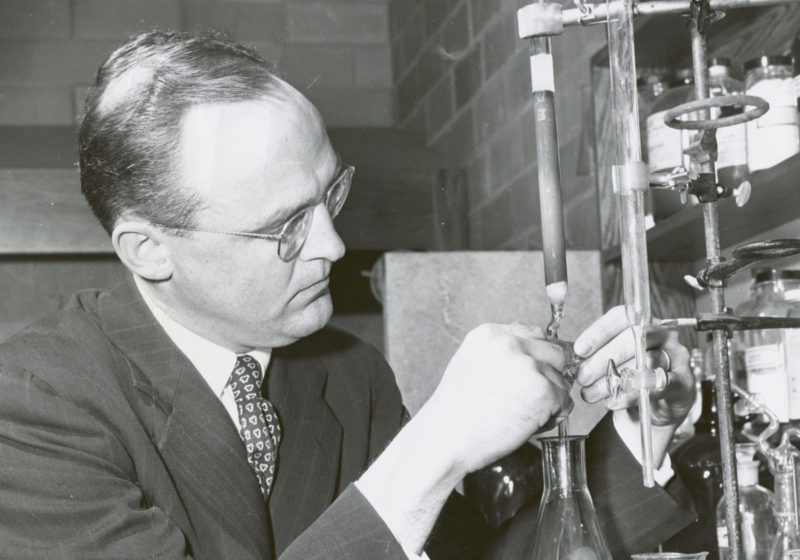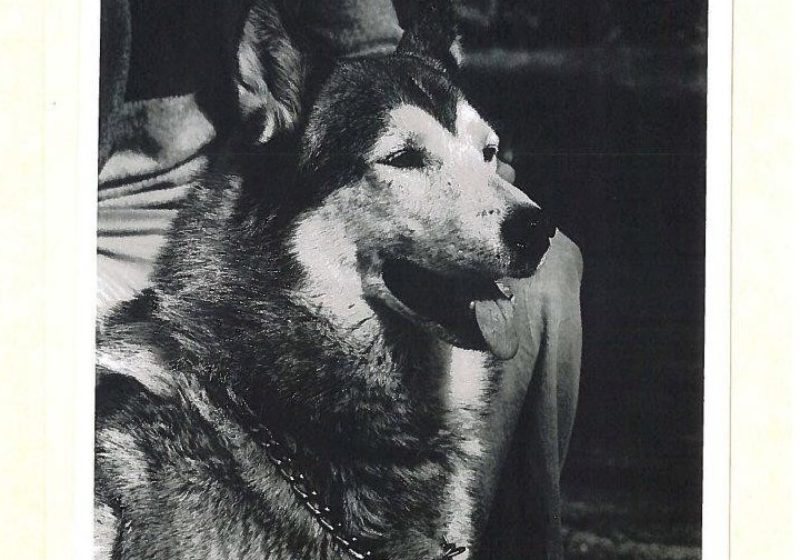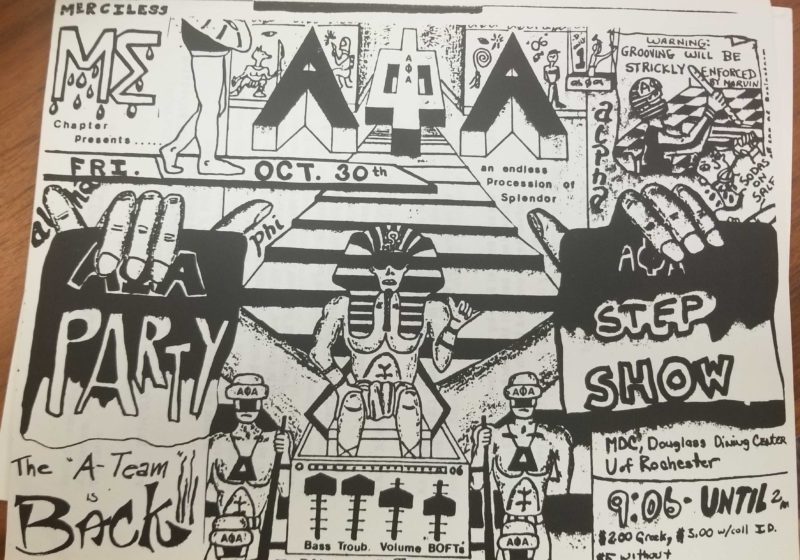From the Archives
Coast Guard
Olivia Hooker: Survivor of the Tulsa Riot and champion of justice
On May 21, 1921, thousands of black families lost their homes and loved ones in Tulsa, OK when hundreds of…
black lives matter
The racist policies that led to the July ‘64 uprisings
When Reuben Davis moved to Rochester in 1955, he was hopeful about the prospect of success in a city known for its economic prosperity. But it soon became apparent that as a Black man, he was not included in the comforts of the city’s industrial opportunities.
black lives matter
June 2020, July ’64: Rochester’s so-called ‘riots’
"When people’s needs are not met, they will respond. And rioting, mashing up, destruction, all of those things are part of it.”
from the archives
From the Archives: The pig and the dropout
When Walter R. Brooks started at UR for college in 1904, it seemed like he was unhappily on track to…
Admissions
From the Archives: The ‘Fuji-UR-Kodak Affair,’ revisited
Larry Maushard wrote in a seething letter to the CT, “I […] would feel like an academic prostitute if I was part of the school’s current administration.”
ghost
From the Archives: The mystery of the Rush Rhees ghost
Further sightings were reported, like Bob Weiss’ first-person account in the Campus: “He’s come back! The restless spirit of Pete Nicosia has again been seen in the library.”
Gay Liberation Front
From the Archives: Larry Fine and the Empty Closet
“On the last day of Passover, I met, for the first time, a person who was openly gay,” Fine wrote. “As the sun set on that Jewish holiday of freedom, I set down a ten-year burden and was set free.”
drugs
From the Archives: UR’s Gates gave morphine its structure
Marshall Gates Jr., a renowned UR chemist, described his morphine synthesis as “by a considerable margin the best and most important work I’ve ever done.”
dogs
Before Quad Fox, there was Rinky: Siberian husky and perennial SA candidate
A Siberian husky who prowled campus in the ‘70s and ‘80s, Rinky earned around 15 percent of the vote in multiple SA presidential elections.
cultural publications
From the Archives: ‘Grapevine’ and ‘Kesher,’ relics of UR’s cultural past
“Grapevine” ran from 1975 to 1991, and “Kesher” between 1983 and 1993. Today, they represent relics of a time when a larger variety of publications populated the newstands, when the printed page was a more dominant form of communication.
